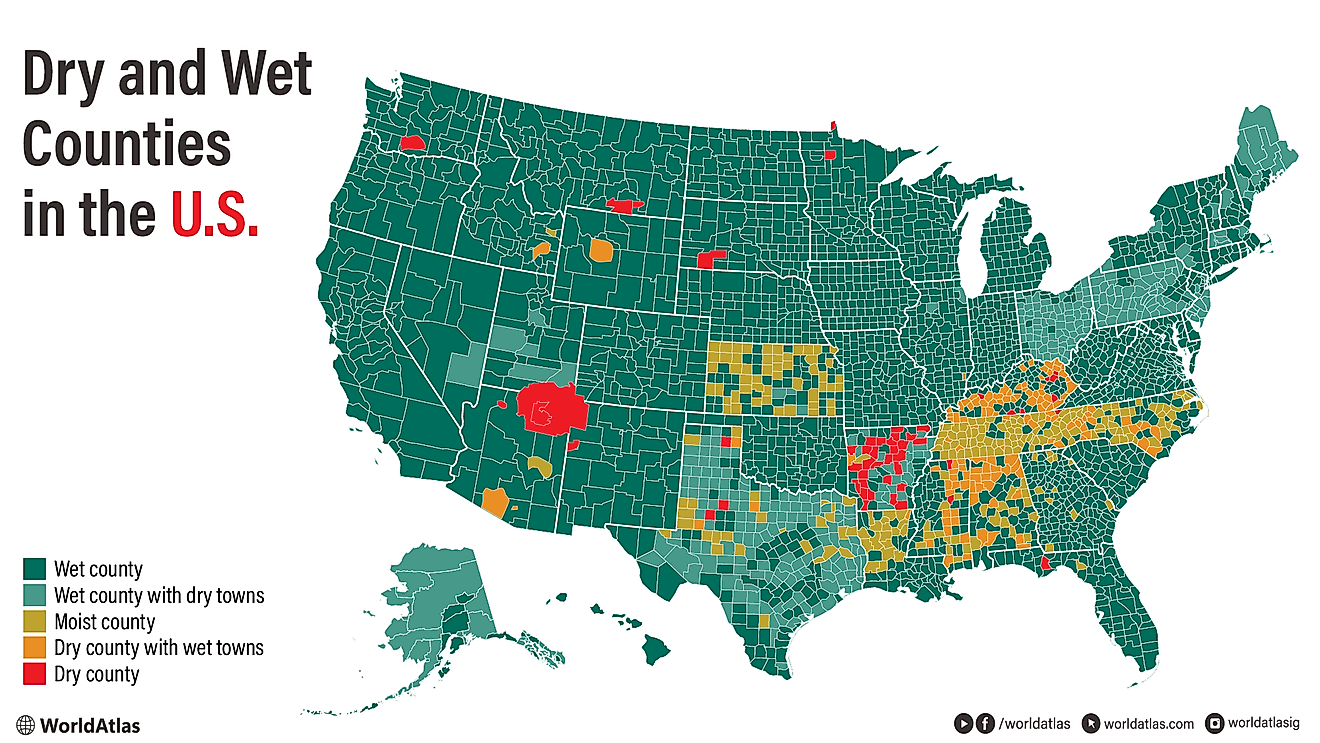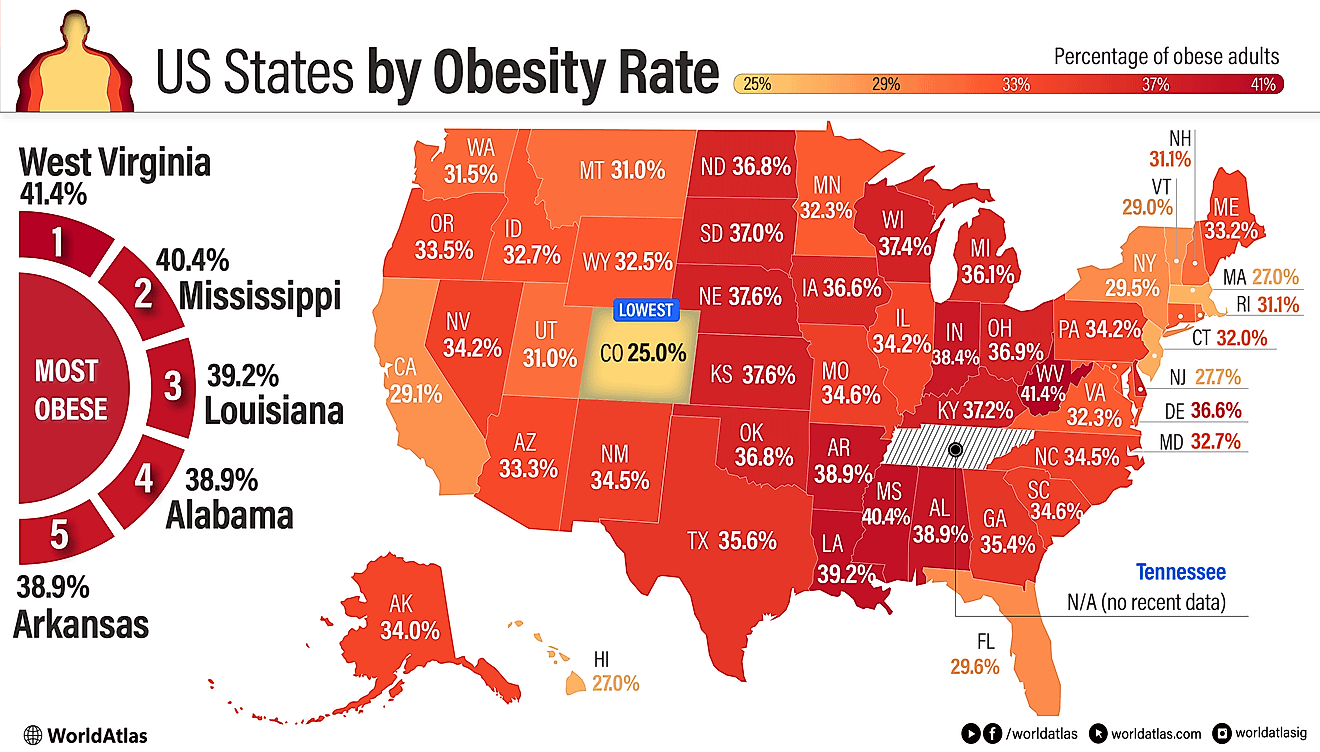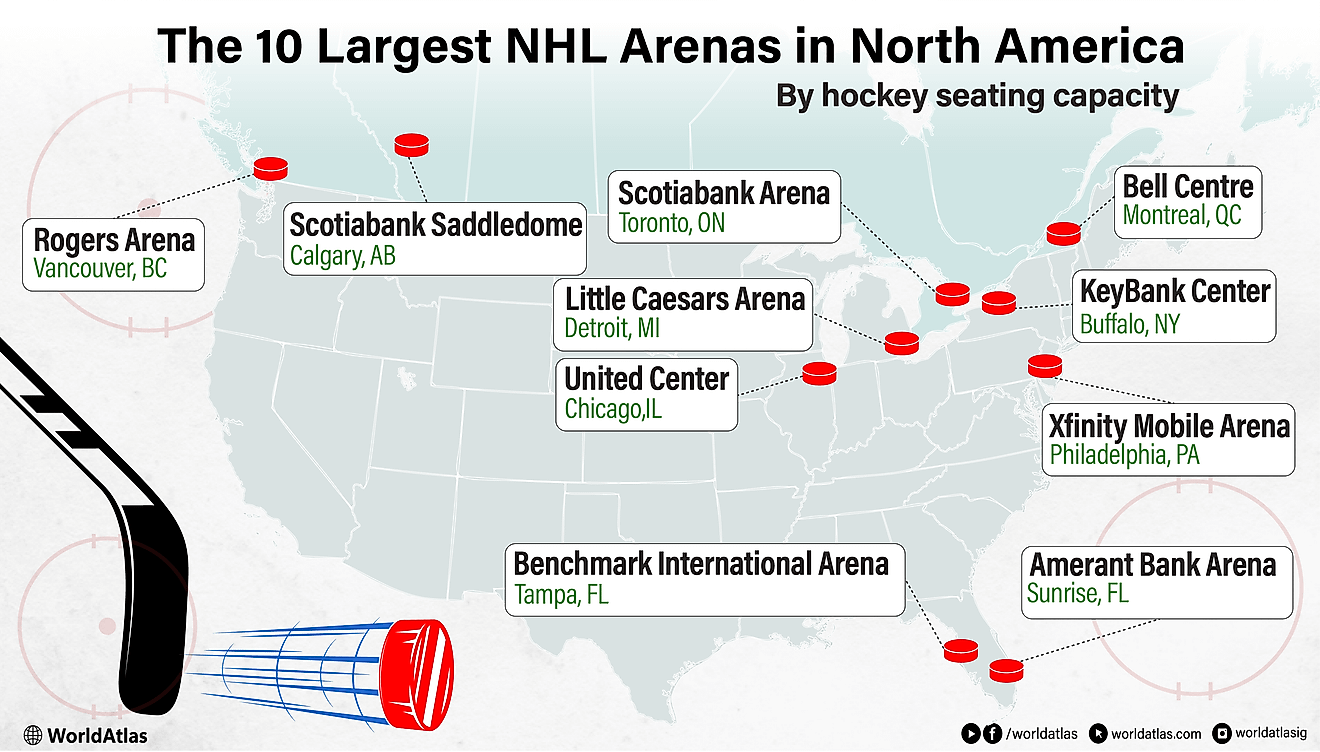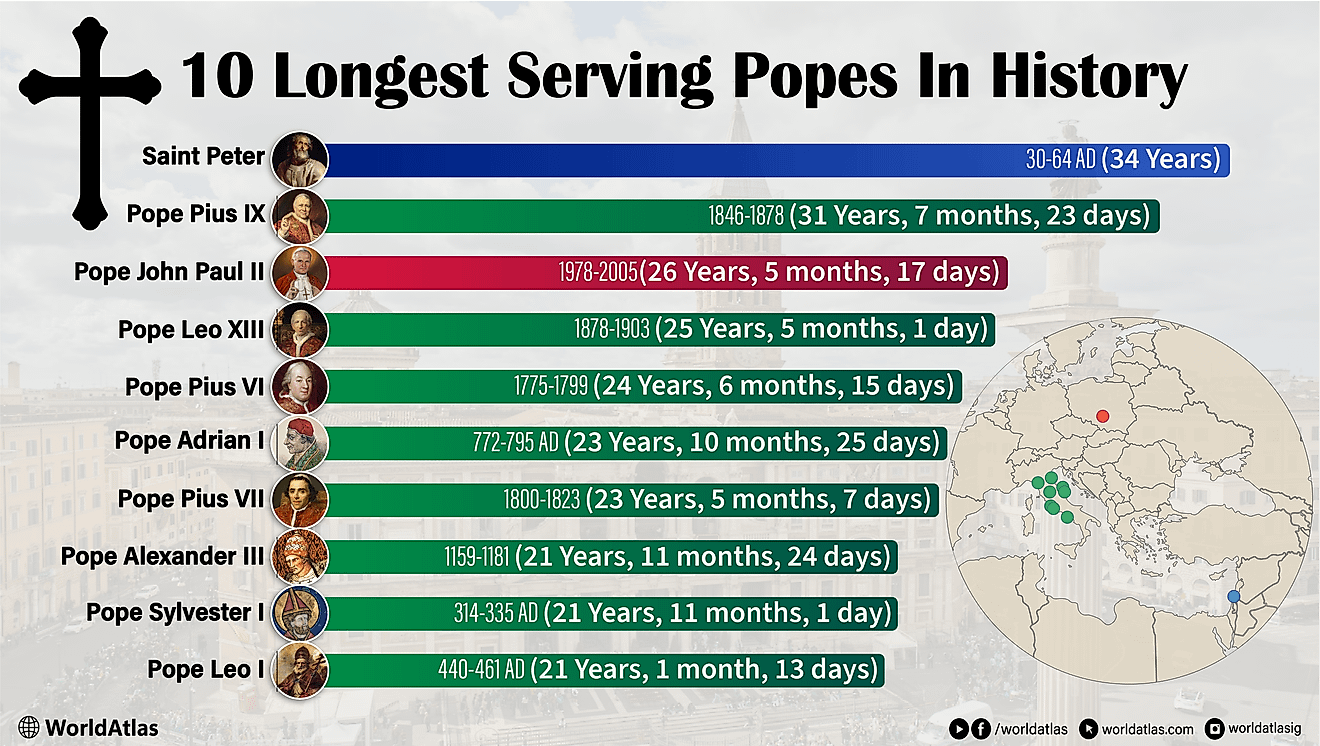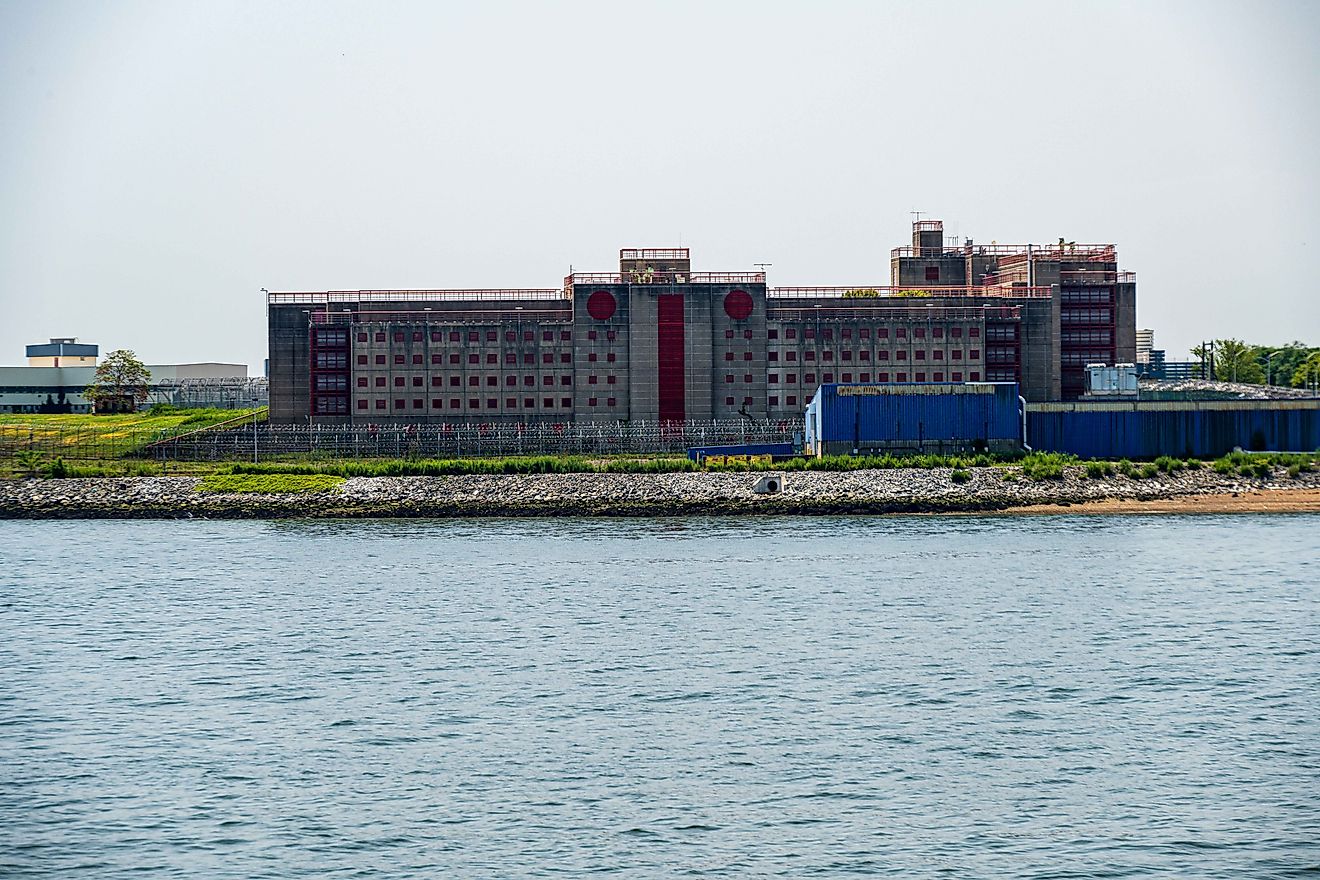What Is The Ethnic Composition Of The Population Of Fiji?

Fiji is an island nation in Melanesia which is part of Oceania in the southern part of the Pacific Ocean. It lies about 1,300 miles northeast of North Island of New Zealand, and some of its neighboring islands include New Caledonia, Vanuatu, Samoa, Tonga, Kermadec islands of New Zealand, and Wallis and Futuna of France. According to the census of 2017, Fiji had a population of 884,887 people and a decade earlier, in 2007 the population of Fiji was 837,271. The population of Fiji has been growing at a rate of 1.1% per annum from the 1930s.
Early Settlement In Fiji
Archaeological evidence shows that Fiji was inhabited by Austronesian communities in about 3500 to 1000 BC, and in about a millennium later Melanesians were the new inhabitants of Fiji. It is also believed that Lapita people who are the ancestors of the Polynesians inhabited the islands first before the arrival of Melanesians. Not much is known about the Lapita people or what happened to them after the Melanesians arrived on the island. However, it is thought they could have had an influence on the new culture and according to archaeological evidence, by the time, they could have moved on to other locations such as Tonga, Samoa, or even Hawaii.
Ethnic Groups In Fiji
A large portion of Fiji's population is made up of Native Fijians or Melanesians who account for about 54.3% of the population, although many of them trace their ancestry to the Polynesians. The Indo-Fijians account for 38.1% of the country's population and they are descendants of the Indians who were brought to the island by the British as contract laborers at the height of the British Empire in the 19th century.
Native Fijians
Fijians are the native ethnic group in Fiji and they speak the Fijian language. They are the majority ethnic group in the country. The indigenous people are thought to have arrived on the island from West Melanesia in about 3500 years ago although the precise origin of native Fijians is unclear. They later moved on to other surrounding Islands which include Rotuma Island, and they blended with other Polynesian people in Samoa and Tonga. Native Fijians are native to all the regions of Fiji with the exception of Rotuma Island. The original inhabitants of Rotuma are known as Lapita, named after unique pottery that was made locally. The pottery has been excavated in the region and some date back to about 800 BC.
Rotumans
Rotuma ethnic group are indigenous to Rotuma Island, which is a constituent part of Fiji. The island is referred to as a cultural melting pot because it is at the crossroad of Polynesia, Melanesia, and Micronesia. The cultures of most Pacific communities are Seafarers, and therefore, the indigenous Rotuma have adopted or share many aspects of its multifaceted culture with Polynesian, Melanesian, and Micronesian neighbors. It is believed that the first inhabitants of Rotuma Island are most likely the ancient seafaring Lapita people who were then succeeded by the migration of Micronesians and finally by the Polynesians. According to the mythology of Rotuma, it points to Samoans as the most likely people to first inhabit the island. The Rotumans most closely resemble their Polynesian neighbors of Tonga and Samoa.
Indo-Fijians
Indian Fijians are citizens of Fiji who are descendants of Indians who originated from different regions of the Indian subcontinent. According to 2007 census indo-Fijians were about 1,798 people accounting for 37.6% of all the people living in Fiji which at the time were about 827,900. Initially, the number of Indo-Fijians in the country was relatively high between 1956 and late 1980s, but due to discrimination, most of them left the country. Most of Indo-Fijians are the descendants of indentured Indian laborers who came from Eastern and Central Uttar Pradesh District in India. The British Colonial rulers brought Indians to Fiji as indentured workers between 1879 and 1916 to work particularly in the sugarcane plantations. The 4th Prime Minister of Fiji, Mahindra Chaudhry was the first Indo-Fijian to be elected to the premier office on May 19th, 1999.
Chinese
The Chinese in Fiji account for a small portion of the country's population. As of the early 2000s, the population of people of Chinese background living in Fiji was estimated to be about 6,000, which accounted for less than 1% of the country’s population. About 8% of the Chinese in the country speak Cantonese while 16% speak Shanghainese as their native languages.
